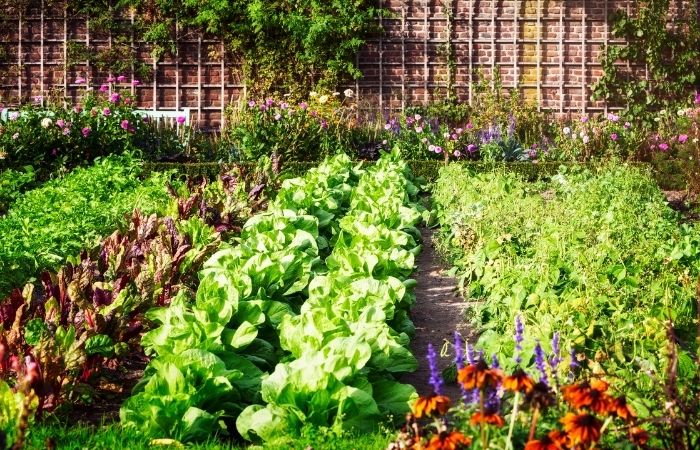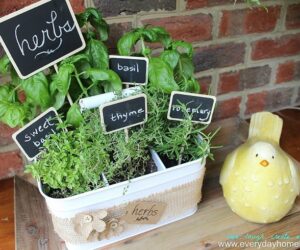According to a survey by the British Nutrition Foundation, increasing numbers of people are making changes to their diet in order to eat healthier. Organic food consumption has also soared in the UK with many people concerned about the effects of their food choices not only on their bodies but also on the environment.

For some, this has led to an interest in growing their own food and recent research has shown that more Brits are wanting to grow food themselves. So what are the advantages of growing your own food? Read on to find out about the many benefits and how to get started.
What are the benefits of growing your own food?
1. It’s healthier
Food grown at home is unprocessed and exposed to fewer pesticides or potentially hazardous chemicals. Growing your own food at home can also help you incorporate more whole foods into your diet and reduce the amount of processed food you eat, which has been shown to have multiple health benefits.
2. It can save money
Growing your own food needn’t cost a fortune. In fact, you can easily get started with just a few packets of seeds! Growing food at home means you won’t need to spend as much at the shops, which can lower your household bills, and also reduce food waste.
3. It’s better for the environment
For fresh produce to make it to the supermarket shelves, it typically has to travel long distances and go through multiple processes. Many of these, such as packaging and transportation are harmful to the environment and contribute to climate change. Growing more food at home also reduces pesticide and fertiliser use. It also means fewer trips to the shops!
4. It has mental health benefits
Growing your own food helps you to forge a connection with the natural world and encourages you to spend more time outdoors. This is good for your physical health as it means you stay active and get plenty of Vitamin D but it’s also good for your mental health too, reducing anxiety, depression and stress levels.
5. It’s tastier!
Last but not least, the food you’ve grown at home will be fresher and tastier than shop-bought food, and after all your hard work you’re likely to appreciate it more too!
How can you grow your own food at home?
If you’re thinking of growing your own food at home, you may be wondering how to get started. A garden or plot of land obviously makes things easier but it’s important to note that even if you don’t have these things, you can still grow food at home! Here are some of the ways you could try growing your own food.
Use your garden
If you have a garden already, then it’s easy to begin growing your own food. All you’ll need is some basic gardening equipment and seeds. It’s a good idea to check out what type of soil you have and what kinds of plants are likely to grow best in it.
Use a polytunnel
If you have a big garden, field or plot of land then polytunnels are perfect for growing all types of veg and fruit. A polytunnel can also help you grow heat-loving fruits and vegetables that wouldn’t typically thrive in the British weather, such as tomatoes and courgettes, for example.
Grow in tubs
If you have another small, outdoor space, such as a paved yard, balcony or even a window ledge, you can begin growing your own food in tubs or window boxes. If you don’t have any outdoor space, then some simple foodstuffs, like leafy greens and herbs can even be grown indoors.
Rent a space
If you really want to get into growing your own food and don’t have enough space at home, then why not see if you can rent or share a space in a communal or community garden? You could even put your name down on the waiting list for an allotment.



